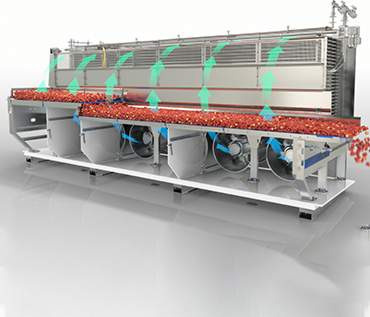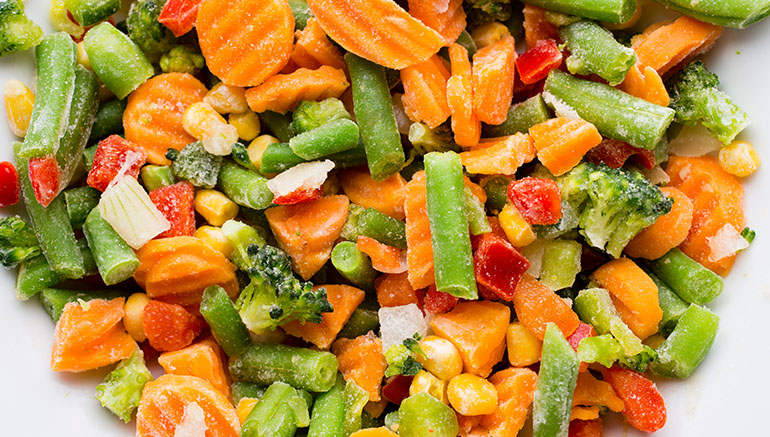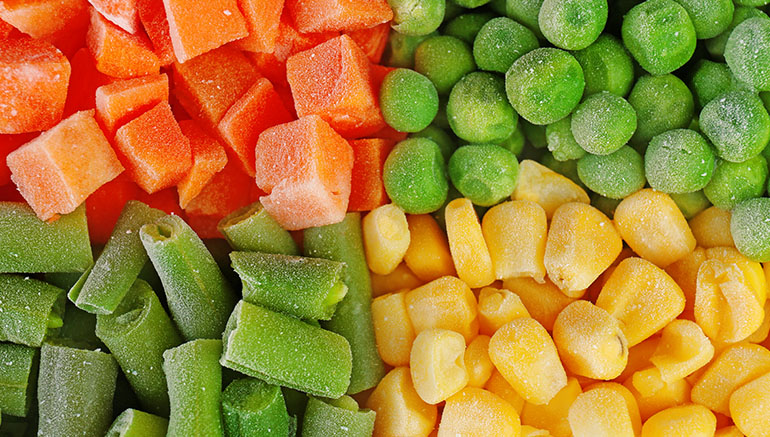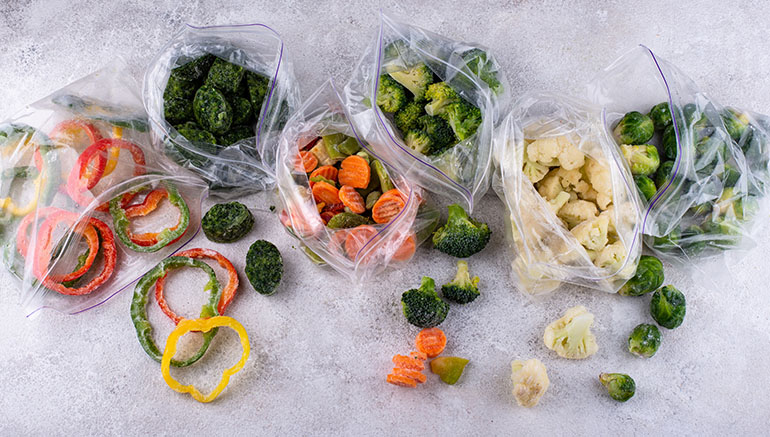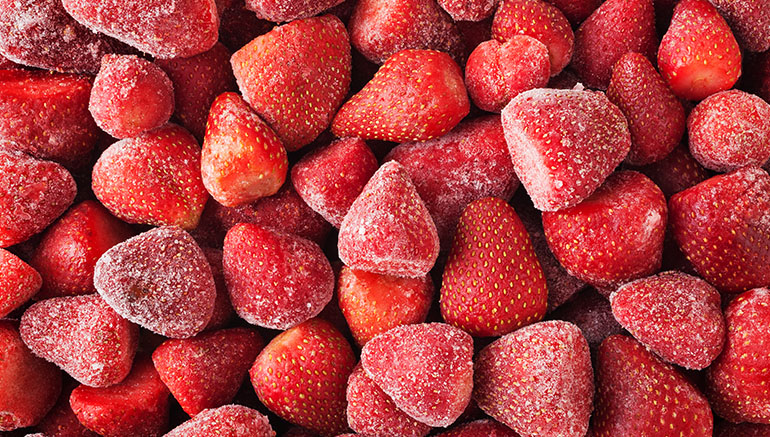Welcome To Roots Agriculture!
Blog

The Booming Frozen Fruits and Vegetables Industry: Trends and Insights
The frozen fruits and vegetables industry has seen rapid growth in recent years, driven by a combination of consumer demand for convenient, healthy foods, and advances in technology and logistics that have made it easier to produce and transport frozen produce. In this blog, we'll take a closer look at the frozen fruits and vegetables industry, exploring the trends and insights that are driving its success.
Market Trends
The global frozen fruits and vegetables market is expected to reach over $55 billion by 2025, with a compound annual growth rate of 5.7% from 2020 to 2025. This growth is being fueled by several key factors, including:
- Increasing health consciousness among consumers, who are seeking out convenient, nutritious foods that can be easily incorporated into their busy lives.
- Growing demand for organic and non-GMO frozen fruits and vegetables, as consumers become more aware of the potential health and environmental risks associated with conventional agriculture.
- The rise of e-commerce and online grocery shopping, which has made it easier for consumers to access a wider variety of frozen fruits and vegetables.
- The expansion of the foodservice industry, which is increasingly incorporating frozen fruits and vegetables into their menus to save time and money.
Insights
- Technology and Logistics: Advances in technology and logistics have made it easier to produce and transport frozen produce. Rapid freezing techniques and advanced packaging have helped to preserve the nutritional quality of frozen fruits and vegetables, while improved cold chain logistics have enabled them to be transported across longer distances and stored for longer periods of time.
- Health and Wellness: Frozen fruits and vegetables are perceived as healthy and nutritious, and are often used in weight management and fitness diets. They are also a popular choice among consumers who want to reduce food waste, as frozen produce can be stored for longer periods of time than fresh produce.
- Sustainability: Many consumers are also concerned about the environmental impact of food production and are turning to frozen fruits and vegetables as a more sustainable choice. Frozen produce requires less energy to produce and transport than fresh produce, and can help to reduce food waste by extending the shelf life of fruits and vegetables.
Conclusion
The frozen fruits and vegetables industry is growing rapidly, driven by consumer demand for convenient, healthy foods and advances in technology and logistics. As consumers become more health and environmentally conscious, we can expect to see continued growth in the market for frozen fruits and vegetables, with a focus on organic and non-GMO options, sustainability, and innovative packaging and processing techniques.
Reference:
- https://www.databridgemarketresearch.com/reports/global-frozen-fruits-and-vegetables-market
- https://www.prnewswire.com/news-releases/worldwide-frozen-fruits--vegetable-products-industry-to-2027---due-to-long-working-hours-and-rising-health-consciousness-consumers-are-shifting-to-frozen-fruits-and-vegetables-301629963.html
- https://greensxm.com/fresh-vs-frozen-strawberries-and-the-environment/#:~:text=Frozen%20fruit%20and%20vegetables%20are,of%2Dseason%20energy%20intensive%20growing





Subscribe to newsletter

